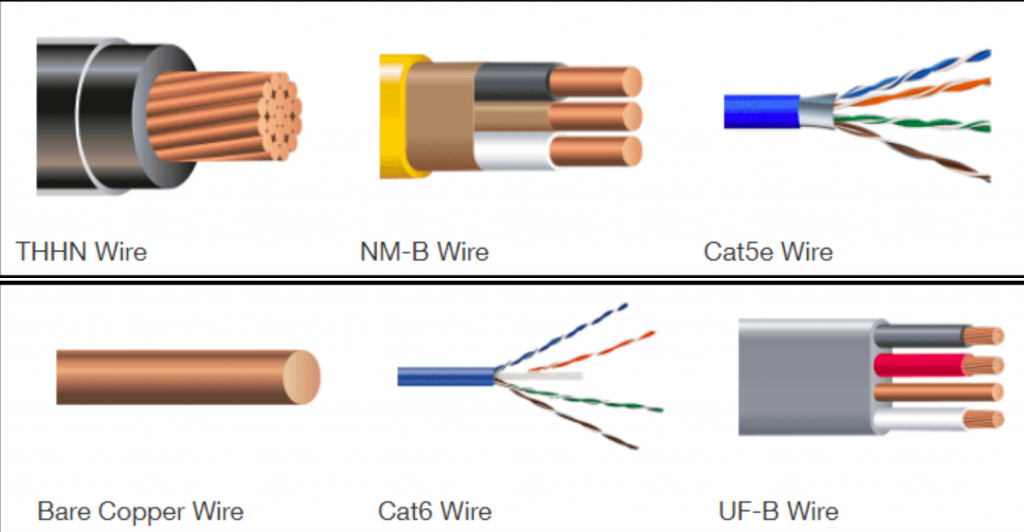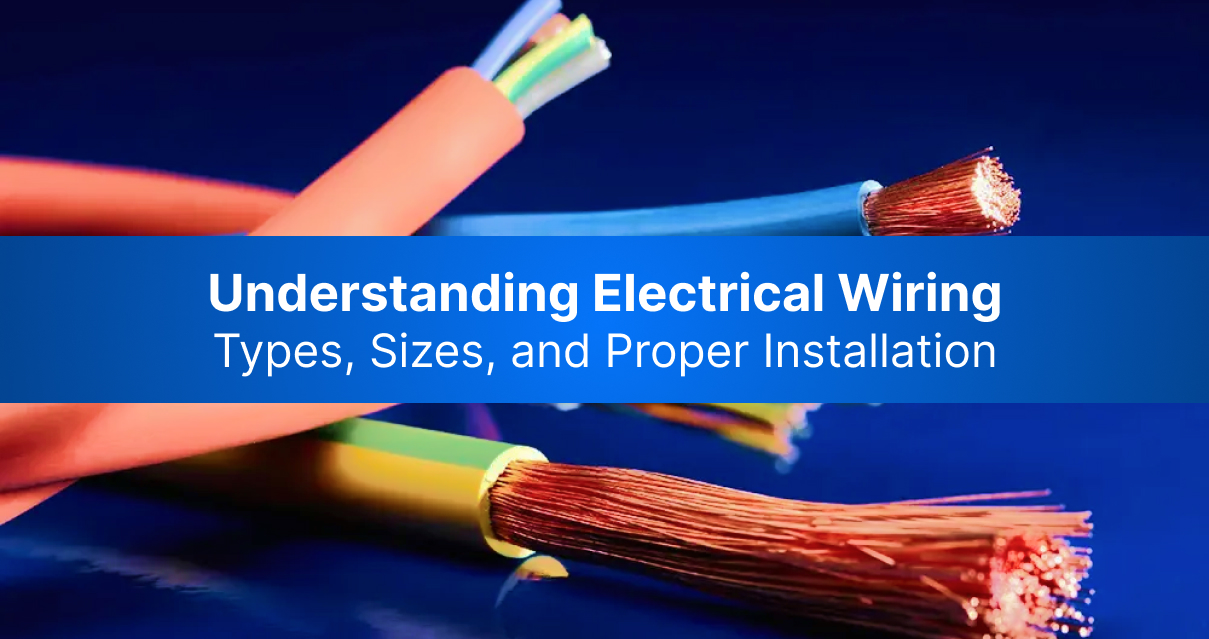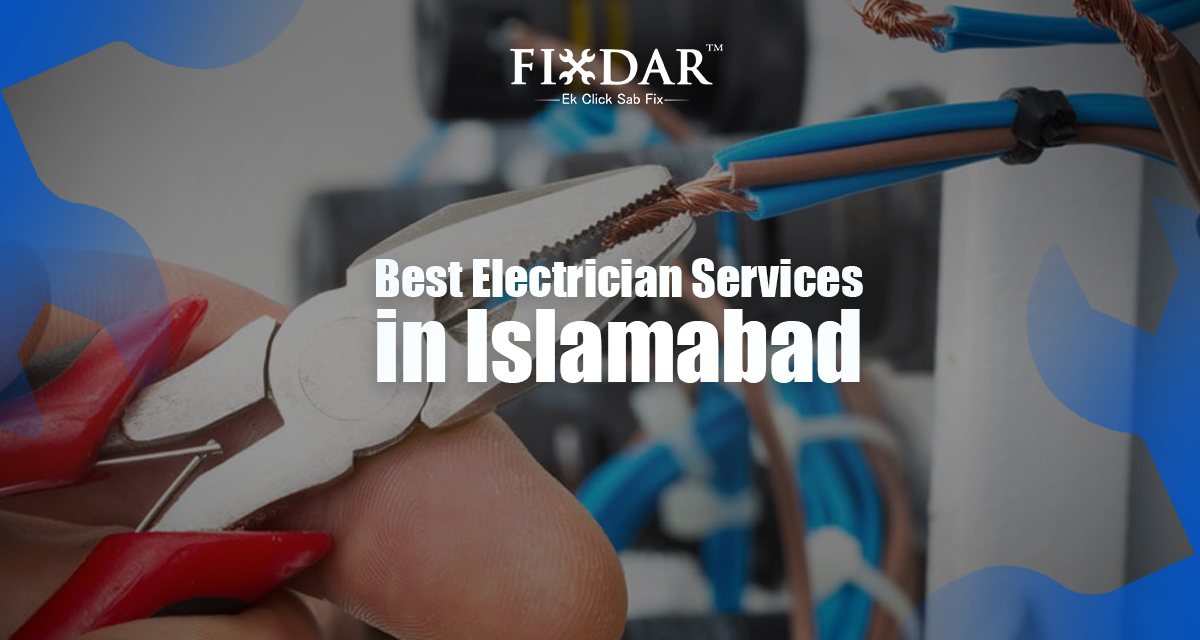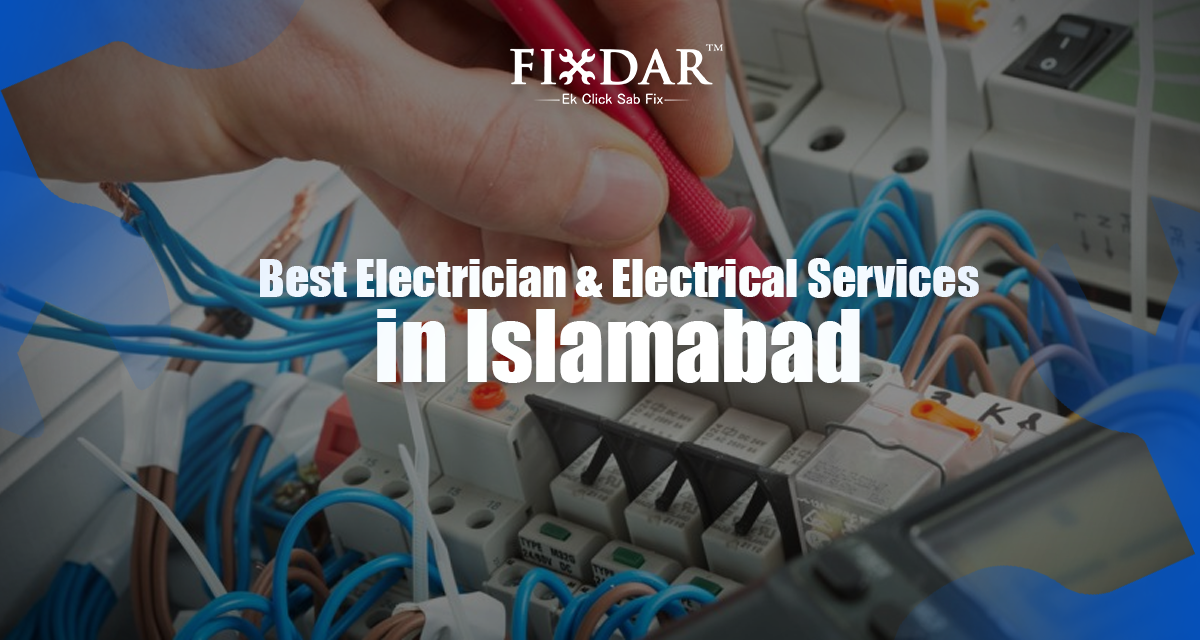In the domain of Electrician Services In Karachi, it is vital to grasp wiring. Whether you’re handling a Do-It-Yourself project or employing an expert, having a grip of electrical wiring types, sizes, and legitimate establishment strategies guarantees wellbeing and effectiveness in your electrical frameworks. In this far reaching guide, we dive into the fundamentals of electrical wiring to furnish you with the information you want.
Introduction to Electrical Wiring:
Electrical wiring fills in as the sensory system of any structure, working with the dissemination of power from the fundamental power source to different outlets, machines, and apparatuses. It includes conveyors, protectors, sheathing, and connectors, all painstakingly intended to securely communicate electrical flow.
Types of Electrical Wiring:

Non-Metallic (NM) Cable:
Normally known as Romex, NM link comprises of protected conduits encased in a plastic sheath. It’s broadly utilized in private settings for general wiring purposes, like lighting circuits and outlet establishments.
Metal-Clad (MC) Cable:
MC link highlights metal shield or a metallic sheath, giving improved insurance against actual harm and electrical obstruction. It’s appropriate for both indoor and outside applications, including business and modern settings.
Conduit Wiring:
Course wiring utilizes metal or PVC channels to encase individual protected wires. It offers predominant insurance against dampness, consumption, and effect, making it ideal for risky conditions and uncovered establishments.
BX Cable:
Otherwise called defensively covered link, BX link comprises of protected conveyors enveloped by an adaptable metal sheath. It’s valued for its solidness and adaptability, regularly utilized in modern offices and redesign projects.
Electrical Wire Sizes:
Electrical wire sizes are normalized in light of the American Wire Measure (AWG) framework, which doles out mathematical qualities to various wire distances across. The lower the AWG number, the bigger the wire measurement and the more noteworthy its current-conveying limit. Picking the suitable wire size relies upon variables, for example, the circuit’s amperage rating and the length of the wire run.
Common Wire Sizes and Applications:
14 AWG: Reasonable for 15-amp circuits, regularly utilized overall lighting and outlet circuits.
12 AWG: Ideal for 20-amp circuits, suggested for kitchen apparatuses and electrical plugs.
10 AWG: Held for high-amperage circuits, for example, electric water warmers and cooling units. Legitimate Establishment Methods.
Plan Your Wiring Layout:
Prior to beginning any wiring project, make an itemized plan illustrating the position of outlets, switches, and installations. This guarantees productive wire steering and limits the gamble of mistakes during establishment.
Follow Electrical Codes:
Comply to neighborhood building regulations and guidelines overseeing electrical establishments. These codes direct wellbeing norms, wire steering rules, and admissible wire ampacities, guaranteeing consistence with industry best practices.
Utilize Quality Materials:
Put resources into great wires, connectors, and electrical parts to ensure dependability and life span in your electrical framework. Sub-par materials can prompt voltage drops, overheating, and electrical disappointments over the long haul.
Secure and Support Wiring:
Appropriately secure wires utilizing link staples, lashes, or course holders to forestall drooping and likely harm. Stay away from sharp curves and crimps that could think twice about uprightness or obstruct electrical stream.
Test and Verify Connections:
In the wake of finishing the wiring establishment, direct exhaustive testing to confirm legitimate associations and circuit usefulness. Utilize a multi meter or voltage analyzer to affirm voltage levels and investigate any issues immediately.
Conclusion:
Dominating the basics of electrical wiring engages mortgage holders and experts the same to handle electrical ventures with certainty and accuracy. By understanding the different wiring types, choosing the fitting wire measures, and sticking to legitimate establishment strategies, you can guarantee the wellbeing, unwavering quality, and effectiveness of your electrical frameworks into the indefinite future.
Keep in mind, if all else fails or confronting complex electrical undertakings, make it a point to help from qualified electrical experts or legitimate electrical specialist co-ops like Fixdar. With their ability and experience, you can accomplish prevalent outcomes and genuine serenity in your electrical undertakings.
For additional tips, directions, and Electrician Services help on electrical wiring and related administrations, visit Fixdar’s site or contact their group today.






